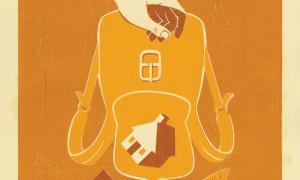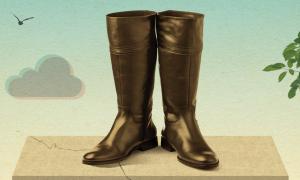article
July 26, 2017
Personal Stories
This online sidebar accompanies the Teaching Tolerance article " Possession Obsession." Anna Sanchez (not her real name), 19, wishes her school had taught that control can signal abuse rather than love. At age 13, she



